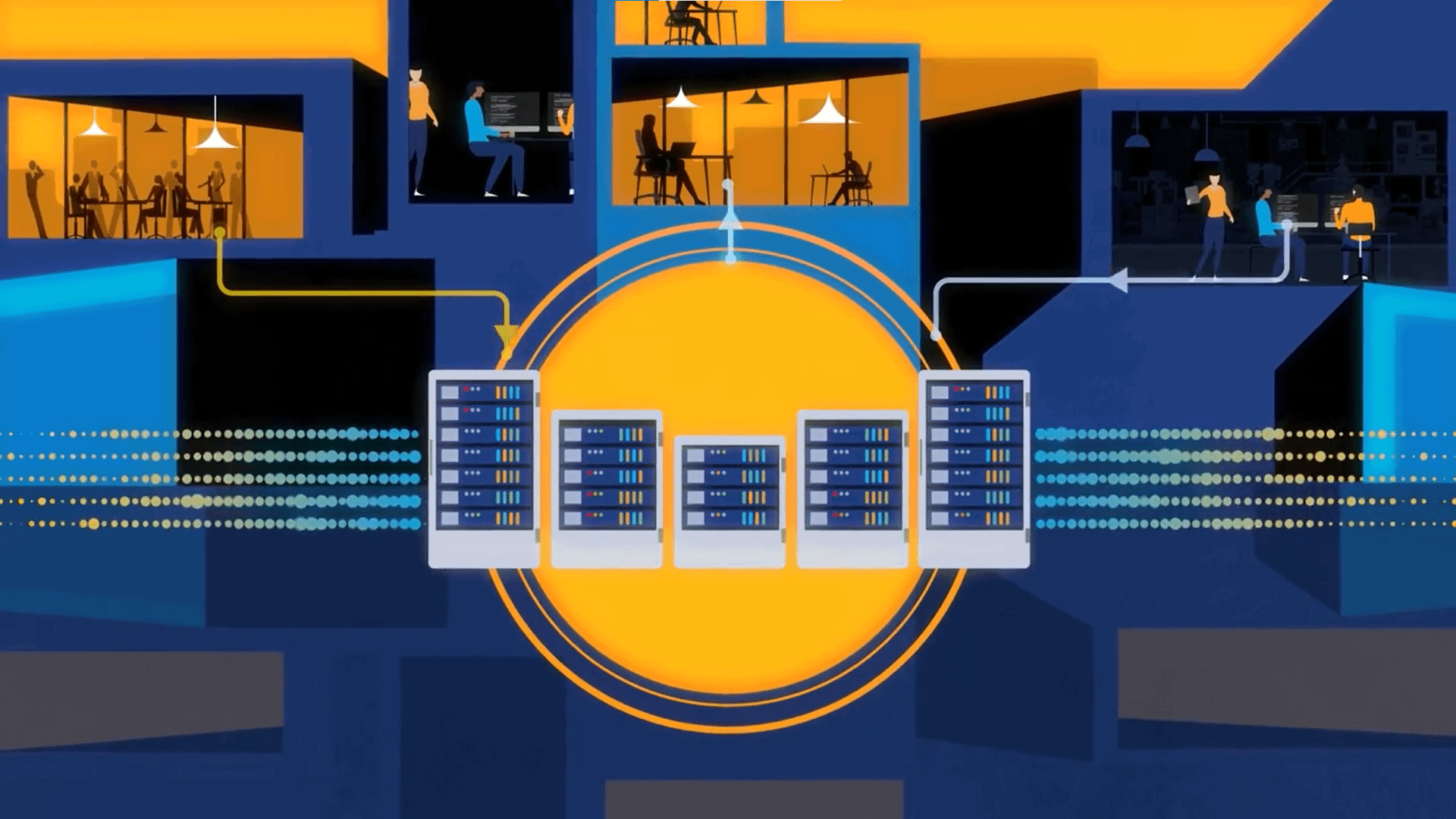
The shift toward real-time decision-making at the edge is an evolution in how businesses operate. Closing the latency gap means smarter, safer, and more resilient operations.
Milliseconds matter. Data-driven businesses today must act in milliseconds to prevent a cyberattack or fall victim to one, to keep a power grid stable, or to win or lose a customer at a point of engagement. To achieve these goals, organizations must transition to more distributed, autonomous, and intelligent systems. Those systems must have the ability to make decisions instantly, in real-time, as data is created.
This demand has given rise to adaptive edge intelligence. That represents a paradigm shift, where computation and decision-making, traditionally done using centralized data centers, are now carried out at the edge of the network, where data originates. That allows organizations to close the latency gap between data creation and action.
The Latency Challenge
Traditional data architectures route information from edge devices such as sensors, gateways, IoT nodes, and applications back to centralized clouds or data centers for processing. That round trip might take seconds or longer. For most historical workloads, this was acceptable. However, in modern, real-time environments, delays measured in milliseconds can be disastrous for financial transactions, connected vehicles, industrial control systems, telecommunications networks, and other critical systems.
For example, an autonomous vehicle must interpret sensor data and make driving decisions instantly. A fraud detection system must block a suspicious transaction before it is completed, not after. A telecom operator must adjust traffic routing the moment a network fault occurs, not minutes later.
The fundamental problem is not data transfer speed, but the centralized processing architecture introduces a delay between data generation and insights to act. Specifically, centralized models inherently create bottlenecks by moving massive amounts of data over long distances. Edge computing reverses that model by putting intelligence close to where the data is generated.
See also: Beyond Latency: The Next Phase of Adaptive Edge Intelligence
Adaptive Edge Intelligence: Decisions at the Source
Adaptive decision intelligence becomes truly powerful when paired with AI inferencing, using real-time model outputs to continuously adjust (adapt) decisions as new data and context emerge.
To that end, adaptive edge intelligence merges real-time analytics, event processing, and more directly into the systems that collect and generate data. Instead of sending all data back to the cloud, edge systems evaluate, filter, and act on information locally, while still syncing with centralized systems for training, auditing, or long-term analytics.
This model allows businesses to:
- React instantly: Edge systems can detect and respond to anomalies, opportunities, or safety threats as they happen.
- Reduce bandwidth and cost: Only critical or summarized data is sent to the cloud, minimizing transmission overhead.
- Enhance resilience: Edge intelligence enables operations to continue uninterrupted even when network connectivity is intermittent.
- Enhance privacy and compliance: Sensitive data can be processed locally, minimizing exposure.
As the volume and velocity of real-time data increase, particularly from connected devices and 5G-enabled networks, organizations are realizing that only adaptive, low-latency systems can meet their business and operational objectives.
The Expertise Gap: Why Businesses Can’t Go It Alone
However, moving from centralized processing to true edge intelligence is not trivial. Architecting real-time systems that operate within tight latency constraints requires specialized skills in distributed systems, data consistency, and event stream management. These are capabilities that many enterprises simply do not have in-house.
Building such systems involves more than just deploying infrastructure at the edge. It demands:
- Real-time data ingestion and processing engines capable of handling millions of events per second with sub-millisecond response times.
- Deterministic performance and scalability to maintain reliability under unpredictable workloads.
- Seamless integration with cloud and on-prem systems for data synchronization and governance.
- High availability and fault tolerance to ensure decisions aren’t interrupted by hardware or network failures.
- A solution architecture that overcomes the physical challenges of edge environments (i.e., it must address hardware, space, and cooling constraints found at the edge).
For most organizations, developing and managing these capabilities from scratch would take years of engineering effort. That is the time that competitors will use to advance faster.
Teaming with a Technology Partner
The complexity and cost of developing and implementing an adaptive intelligent edge system alone make partnering with experts essential.
This is where Volt Active Data comes in. Volt helps enterprises make real-time decisions on streaming data, directly where it is created. The platform is purpose-built for ultra-low latency use cases, delivering consistent, predictable performance even under the most demanding edge conditions.
Volt’s value lies in three core strengths. They include:
True real-time performance: Volt’s in-memory, distributed data architecture processes millions of operations per second with single-digit millisecond latency, all of which is crucial for applications like fraud detection, network optimization, and real-time IoT analytics.
Simplified integration: Volt combines streaming event processing, operational decisioning, and data storage into a unified platform. This eliminates the need for multiple systems stitched together, reducing architectural complexity and latency.
Proven expertise: Volt brings years of experience working with customers in the telecom, financial services, and IoT sectors. These are all industries where milliseconds matter. Its teams understand how to align technology capabilities with business imperatives, from ensuring regulatory compliance to scaling globally.
For organizations pursuing adaptive edge intelligence, Volt acts as both a technology provider and a strategic partner. Rather than building and maintaining complex real-time systems internally, businesses can leverage Volt’s platform to accelerate deployment, reduce risk, and focus their resources on innovation and customer outcomes.
The Future Is Instant
The shift toward real-time decision-making at the edge is an evolution in how businesses operate. As data volumes surge and automation deepens, the ability to sense, analyze, and act instantly will define leaders in every sector.
Closing the latency gap means more than faster systems; it means smarter, safer, and more resilient operations.































